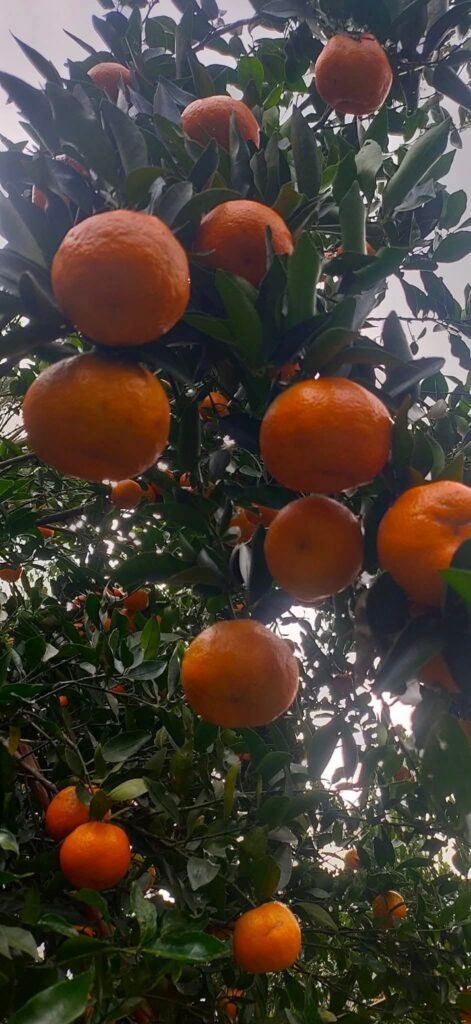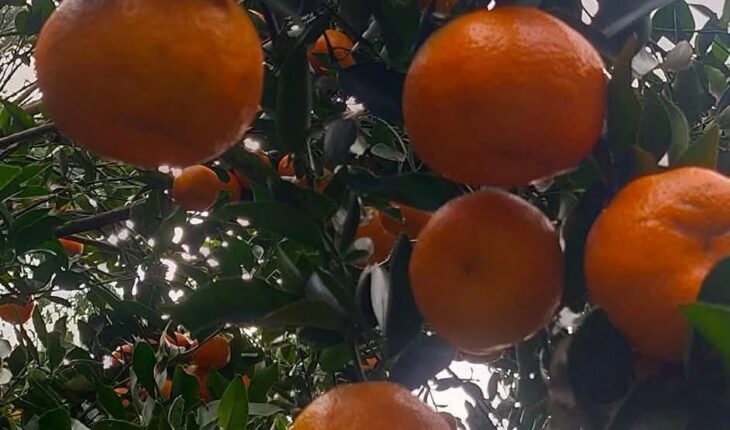
Exports generated Nu 765.1 million
CHONEY ZANGMO
Thimphu
Bhutan’s orange export industry has recorded a significant boost in 2024, with total exports reaching Nu. 765.1 million, marking a 33.36% increase from the previous year.
The country exported 19,445.68 metric tonnes of oranges, an increase of 26.52% compared to 2023, strengthening its position as a key player in the regional citrus market.
According to latest report from the Department of Agricultural Marketing and Cooperatives (DAMC), oranges were primarily exported to India and Bangladesh, with major trade routes passing through gateways in Gelephu, Phuentsholing, Samdrup Jongkhar, and other key locations.
Bhutan Trade Statistics for 2024 indicate that oranges remained one of the country’s top agricultural exports.
The total volume of oranges exported saw a notable rise, with mandarins contributing significantly to the overall increase. Mandarin exports alone grew by 84.89%, while oranges saw a steady increase of 17.85%.
The Bhutan Food and Drug Authority (BFDA) and exporters reported that the 2024 export season, spanning from November 2024 to February 2025, was marked by favourable market conditions and higher demand.
The average price per box was set at US$ 15 for premium-grade oranges (Meel) and US$ 12 for standard-grade (Keel). However, market rates fluctuated, with Gelephu exporters fetching as high as US$ 23 per box for top-quality produce.
A total of 27 exporters participated in the 2024 orange trade, with Druk Phuensum Export & Import leading the market by exporting 3,635.98 metric tonnes, valued at US$ 1.74 million.
Other major contributors included Kuwapani Export, Rinyang Export, and Peling Export, each generating substantial revenue from their shipments.
Gelephu emerged as the primary export gateway, handling 9,680.1 metric tonnes of oranges worth US$ 4.49 million.
Other significant trade hubs included Samdrup Jongkhar, which exported 2,517.89 metric tonnes valued at US$ 1.17 million, followed by Phuentsholing, which recorded 1,810.08 metric tonnes of exports worth US$ 0.96 million.
Nganglam also played a notable role, facilitating the export of 1,139.35 metric tonnes valued at US$ 0.56 million
Despite the successful season, exporters faced several challenges. One of the key issues was the delayed payment from exporters to sawmillers, which resulted in disruptions in the production and supply of wooden boxes used for packaging.
This, in turn, affected the overall efficiency of the export process. Additionally, the suspension of FASTag for Bhutanese vehicles passing through India led to exporters having to pay double toll charges, increasing transportation and logistical costs.
Another major challenge was the limited availability of Indian Rupees (INR) due to restrictions imposed by the Royal Monetary Authority (RMA).
Exporters struggled to obtain sufficient INR to cover incidental expenses in India, further complicating their operations. To address these challenges and streamline future exports, the DAMC plans to hold consultations with stakeholders, including exporters, sawmillers, and financial institutions.
The discussions will focus on improving payment systems, resolving logistical bottlenecks, and ensuring a steady supply of packaging materials.
To address these challenges and streamline future exports, the DAMC plans to hold consultations with stakeholders, including exporters, sawmillers, and financial institutions.
The discussions will focus on improving payment systems, resolving logistical bottlenecks, and ensuring a steady supply of packaging materials.
Orange export remains a crucial part of the nation’s economy, providing income for farmers and boosting foreign exchange reserves.




